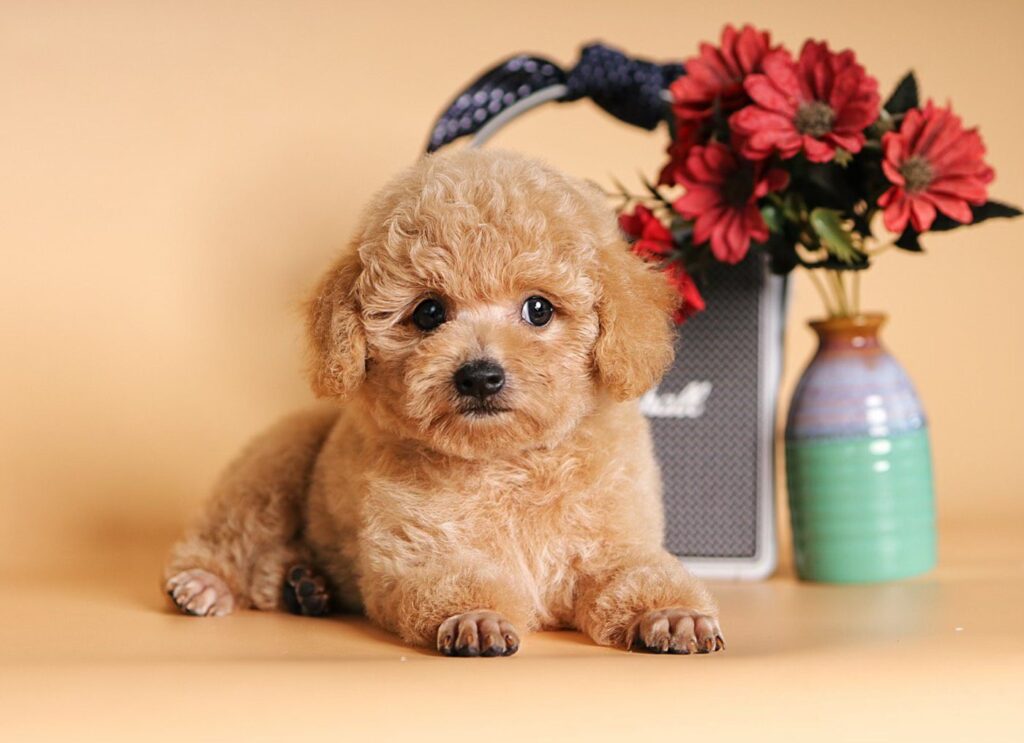The Poodle, renowned for its distinctive curly coat and remarkable intelligence, is one of the most popular and versatile dog breeds in the world. Originally bred as a water retriever, the Poodle has evolved into a cherished companion known for its elegance and trainability. Understanding the history and origin of the Poodle is essential for enthusiasts and potential owners, as it provides insight into the breed’s unique characteristics and the roles it has played throughout history.
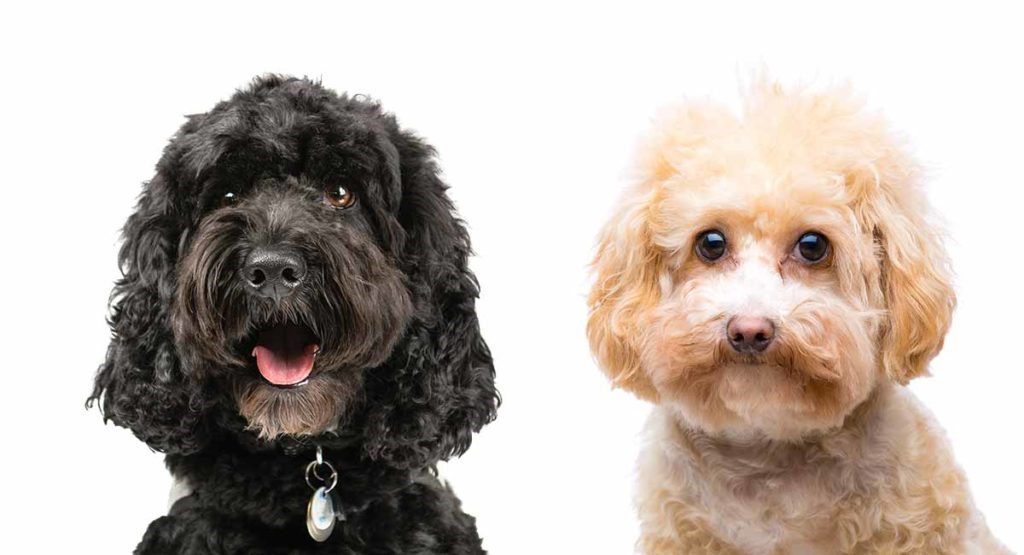
The Early Origins of the Poodle
Theories on the Breed’s Earliest Ancestors
The origins of the Poodle are often debated, with most evidence pointing to Germany as the birthplace of the breed. The name “Poodle” is derived from the German word “Pudel,” meaning to splash in water, which reflects the dog’s initial purpose as a water retriever. Some theories suggest that the Poodle’s ancestors include the North African Barbet and various herding dogs from Asia, contributing to the breed’s distinctive traits.
Historical Evidence in Ancient Civilizations
Historical records indicate that dogs resembling Poodles existed as far back as the 14th century in Europe. These early Poodles were primarily used for hunting waterfowl, showcasing their exceptional swimming abilities and intelligence. Artworks from the 17th century depict dogs that closely resemble modern Poodles, further supporting their long-standing presence in human society.
Association with Waterfowl Hunting in Europe
Poodles were highly valued by hunters for their ability to retrieve game from water, making them indispensable companions in hunting expeditions. Their unique coat served a practical purpose, providing insulation against cold water while allowing for agile movement. This association with waterfowl hunting solidified the Poodle’s reputation as a skilled and versatile working dog.
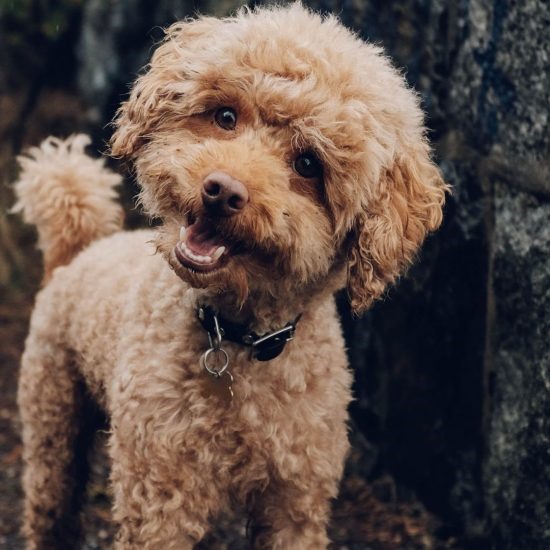
Poodle Breeds Through History
Evolution to Standard, Miniature, and Toy Types
As the Poodle’s popularity grew, it evolved into three distinct types: Standard, Miniature, and Toy. The Standard Poodle was primarily used for hunting, while the Miniature and Toy varieties emerged to cater to the preferences of urban dwellers, particularly in France. This evolution reflects the breed’s adaptability to various roles and environments.
Role in Historical Periods and Regions
Throughout history, Poodles have played significant roles in various cultures. In France, they became favored companions of the aristocracy, symbolizing luxury and elegance. Their intelligence and trainability allowed them to excel in dog shows and performances, further enhancing their status as beloved pets.
Influence in Art, Literature, and Popular Culture
The Poodle’s influence extends beyond the realm of companionship; it has been depicted in numerous works of art, literature, and popular culture. From paintings of noble families with their Poodles to appearances in films and television, the breed has left an indelible mark on society, showcasing its charm and appeal.
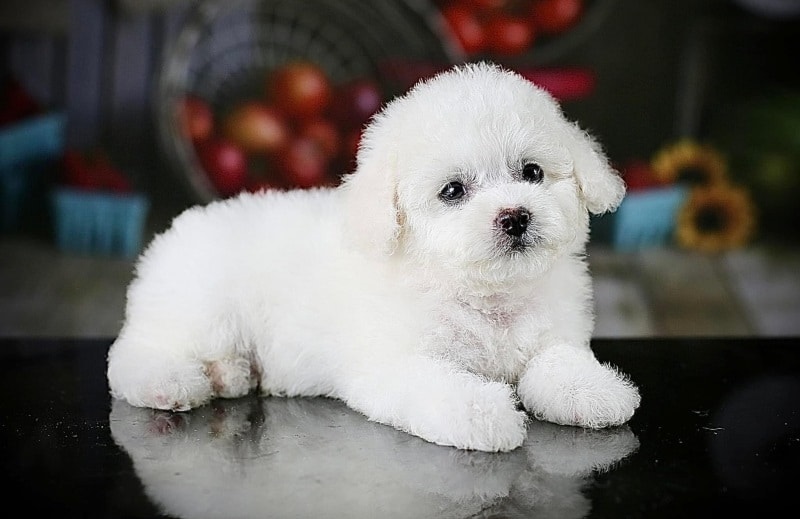
The Poodle’s Development in Europe
Refinement in France and Germany
The Poodle underwent significant refinement in both France and Germany, where selective breeding practices were employed to enhance its characteristics. In France, the breed became a fashionable companion for the elite, leading to the establishment of breed standards that emphasized elegance and intelligence.
Role of French Nobility
French nobility played a crucial role in elevating the Poodle’s status, as it became a symbol of high social standing. The breed’s presence in royal courts and aristocratic households further solidified its reputation as a companion animal of choice.
Impact of Selective Breeding
Selective breeding practices significantly influenced the Poodle’s appearance and temperament. Breeders focused on enhancing traits such as intelligence, trainability, and hypoallergenic coats, resulting in the versatile and beloved breed we know today.
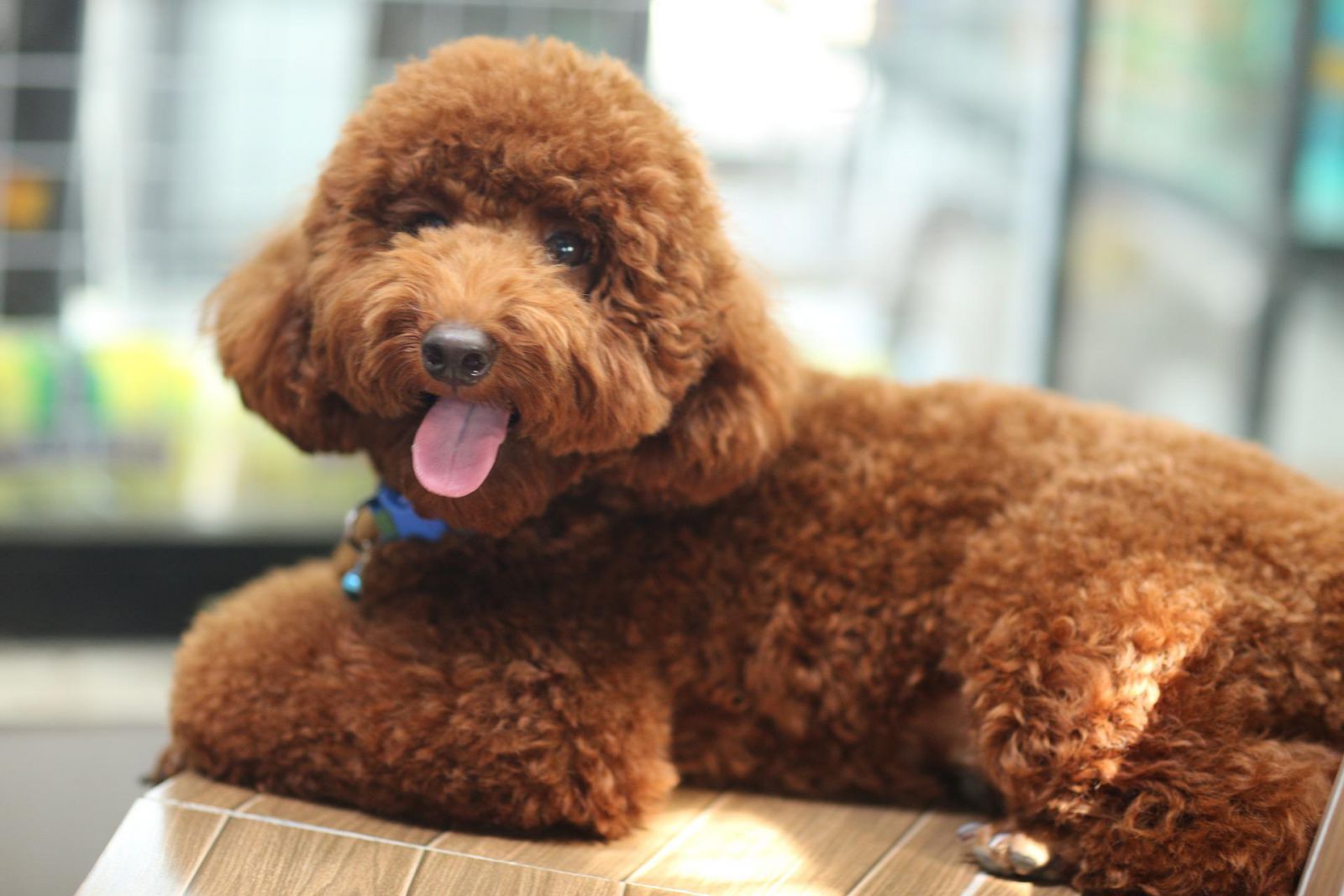
The Poodle in Modern Times
Journey to Becoming a Beloved Companion
In contemporary society, the Poodle has become a cherished family pet worldwide. Its friendly disposition, intelligence, and hypoallergenic coat make it an ideal companion for many households. The breed’s versatility allows it to thrive in various roles, from therapy dogs to performance canines.
Role in Contemporary Dog Shows
Poodles continue to shine in dog shows, where they are often seen showcasing their agility and intelligence. Their popularity in competitive events reflects their exceptional trainability and the bond they share with their handlers.
Modern Trends in Breeding and Training
Recent trends in Poodle breeding emphasize responsible practices that prioritize health and temperament. Additionally, training methods have evolved, focusing on positive reinforcement techniques that enhance the Poodle’s natural intelligence and eagerness to learn.
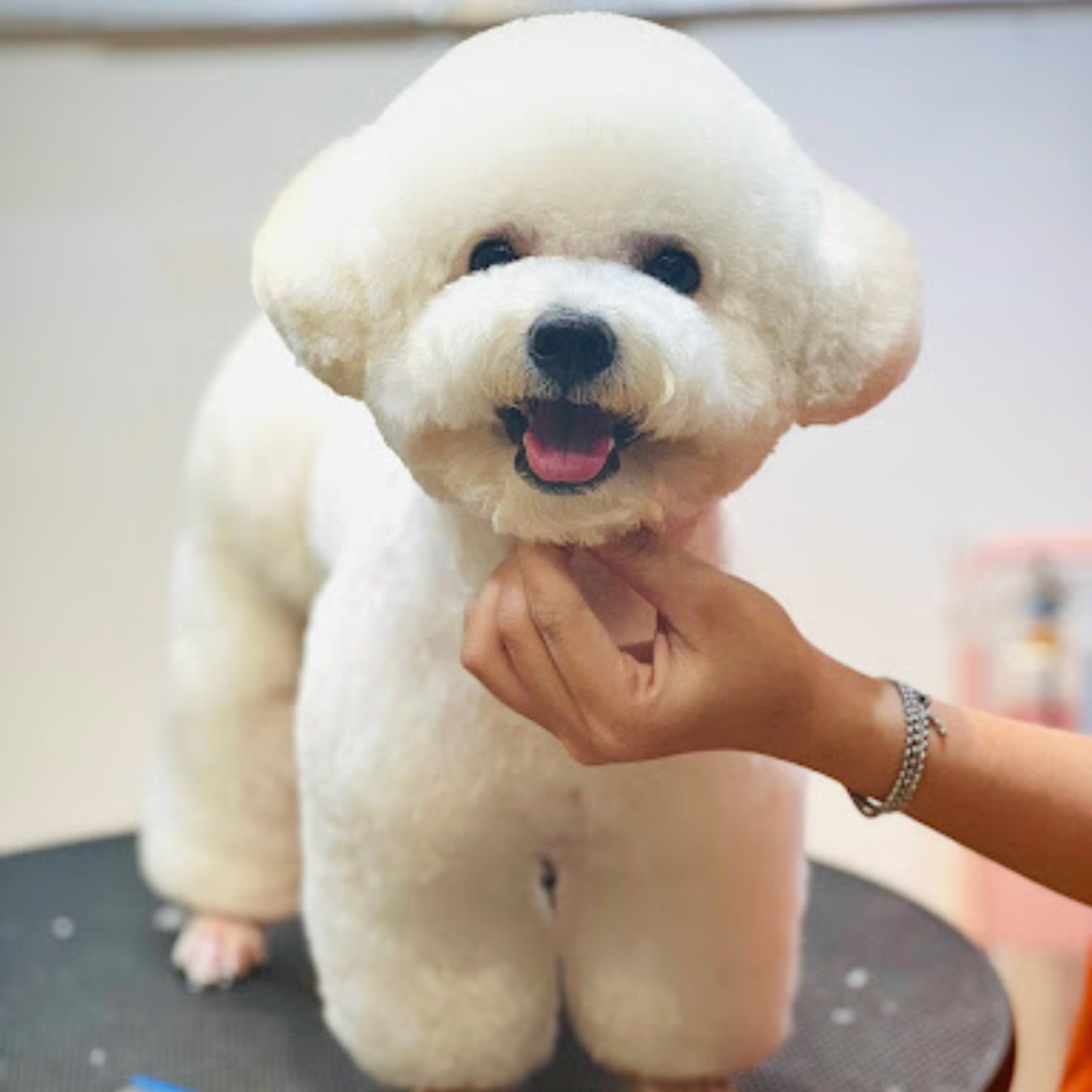
Notable Poodles in History
Famous Poodles and Their Contributions
Throughout history, several Poodles have gained fame, contributing to the breed’s reputation. Notable Poodles have been companions to influential figures and have participated in performances that showcased their intelligence and agility.
Poodles in Media and Entertainment
Poodles have made significant appearances in media and entertainment, further solidifying their status as beloved companions. Their charming personalities and striking appearances have captured the hearts of audiences around the world.
Conclusion
The Poodle’s historical significance and evolution reflect its adaptability and the deep bond it shares with humans. From its origins as a skilled water retriever to its current status as a cherished companion animal, the Poodle continues to captivate hearts across generations. Understanding the breed’s rich heritage enhances the experience of potential Poodle owners, encouraging them to appreciate the unique qualities that make this breed so special. Whether as a family pet, a performer, or a service dog, the Poodle remains a cherished member of many households, embodying loyalty, intelligence, and elegance.

